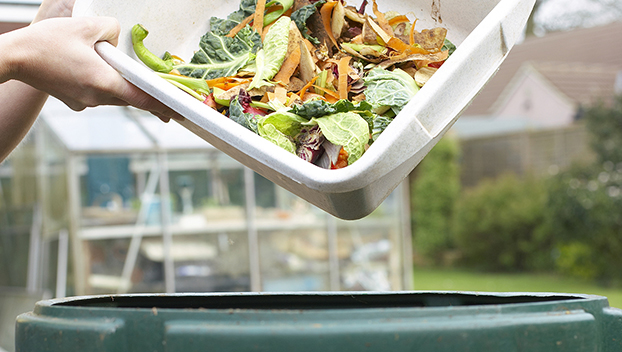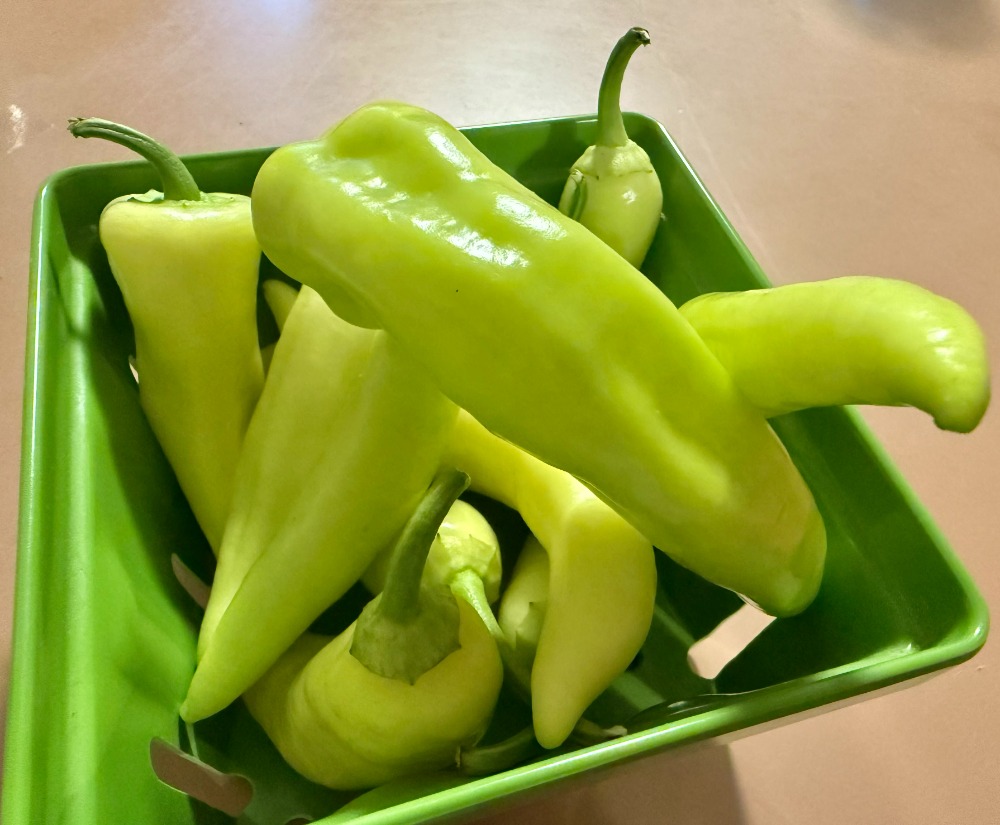TEXAS MASTER GARDENER — Know the basics behind the art of composting
Published 12:02 am Wednesday, September 20, 2023

- A gardener simply needs to create the optimum environment for composting: warm temperature, nutrients, moisture and oxygen. (Courtesy photo)
|
Getting your Trinity Audio player ready...
|
SETX, we have finally received a noteworthy amount of rainfall in many of our areas.
Hopefully, all of you received some rain as our trees are in desperate need of rain! Some areas experienced dramatic rainfall amounts of 5-inches or more, and while most of us did receive substantial rainfall, the amount does little to diminish our rainfall deficit.
Gardeners let’s hope weather conditions will begin shifting toward more typical patterns since the end of summer is here, finally relaxing the blistering grip.
Trending
Autumn officially strolls in on Sept. 21, with slightly cooler, more comfortable outdoor temperatures. Readers, before you know it, we will be ‘de-bugging’ houseplants before relocating them indoors.
Composting is both art and science. It is the physical and chemical transformation of organic material into nutrient-dense soil amendment which energizes the soil for flowers, vegetables, shrubs and trees.
The composting process is a natural biological progression that occurs through microorganisms which feed on organic matter enabling decomposition. Most organic waste (approximately 70-95%) is plant-based material. Composting plant-based matter (including food waste) reduces the amount of waste directed to landfills, benefits the environment through soil enrichment, and increases soil water retention capability.
Composting science is interesting and rudimentary. A gardener simply needs to create the optimum environment for composting: warm temperature, nutrients, moisture and oxygen.
Many microorganisms thrive in such an environment, consuming organic material leaving behind a nutrient-rich, soil amendment.
Organic materials which should be used for composting: kitchen waste (vegetable & fruit peels, eggshells, coffee grounds, or tea bags), yard debris (grass clippings, limbs, twigs, and leaves). Other compatible materials include dryer lint, newspaper, paperboard, withered plants, flowers, and vegetables (except for tomato, pepper, potato, and egg plants which by seasons end have pathogens that do not breakdown).
Trending
Do not add charcoal ashes, pet waste or bedding, meat, bones, dairy products, crawfish/ shrimp hulls, or fish entrails/ scraps for composting, as these materials will attract nuisance animals: raccoons, opossums, rodents, and numerous other pests.
Most notably, there are two general methods used for composting: Aerobic (with air) and Anaerobic (without air). Aerobic composting takes place in an open space, such as a compost pile, pit, or bin in the backyard.
Typically, it can support large quantities of material to maintain proper aeration. Following this method, compost can be ready within a few months.
Anaerobic composting requires a closed, confined area which is airtight. Typically, this type of composting is suitable for small spaces such as porches or balconies.
The amount of organic material required is small and doesn’t require turning. However, it must be noted this process is slower than aerobic composting, taking 8 to 12 months before compost is ready.
Composting containment options are vast, may take any forms, only limited by your imagination, so be creative! If selecting prefabricated or building a compost bin, choose visually stunning forms and designs which have unusual shapes or materials.
Compost bins that can be made from a variety of materials, for example: wood, reclaimed wood, wood pallets, metal, recycled metal, plastic, terra cotta, and others. Use paints or stains to enrich the compost bins color pallet adding a vivid aesthetic and making it a focal point within the garden.. Allow the compost bin to become a canvas and you are the ‘composting artist’!
How to Begin Composting:
- Effort is needed with commitment to see the process through to completion.
- Define an area for composting in your yard or on your porch. Two containers are needed: one to collect kitchen scraps, the other for the yard.
- Build or buy a compost bin, as there are many different compost bins available for purchase (or make your own with reclaimed materials).
- A garden spade or pitchfork is needed to turn the organic matter. Turning frequency rapidly increases material decomposition.
- The amount of effort exerted (turning the materials) will determine the time interval to be rewarded with friable compost, typically 4 to 12 months.
- Organic materials are added in alternating layers: lawn clippings, then paper board, then a layer of kitchen scraps, then a layer of leaves, and so on.
- Turning and watering will quicken the transformation. Once the bin is filled, stop adding materials and allow nature to finish the task.
- Regularly check the compost bin and when the materials look and smell like soil, it is complete.
If everyone in our society would shift their perception (like many gardeners and farmers) just a bit and compost, there would be a dramatic, positive impact on our environment.
So long for now fellow gardeners, let’s go out and grow ourselves a greener, more sustainable world, one plant at a time.
Send comments and questions to Texas Certified Master Gardener John Green at jongreene57gmail.com.





